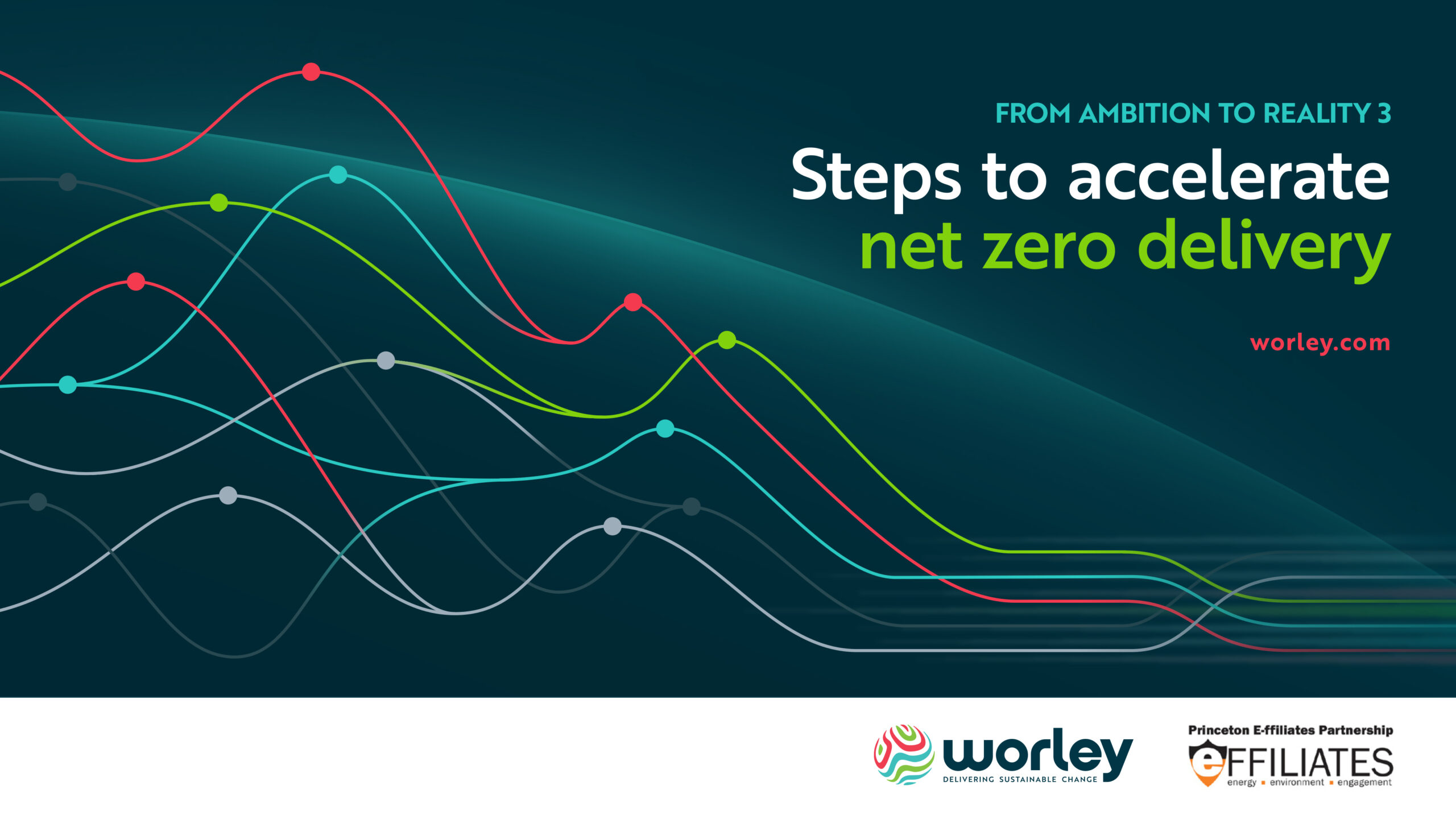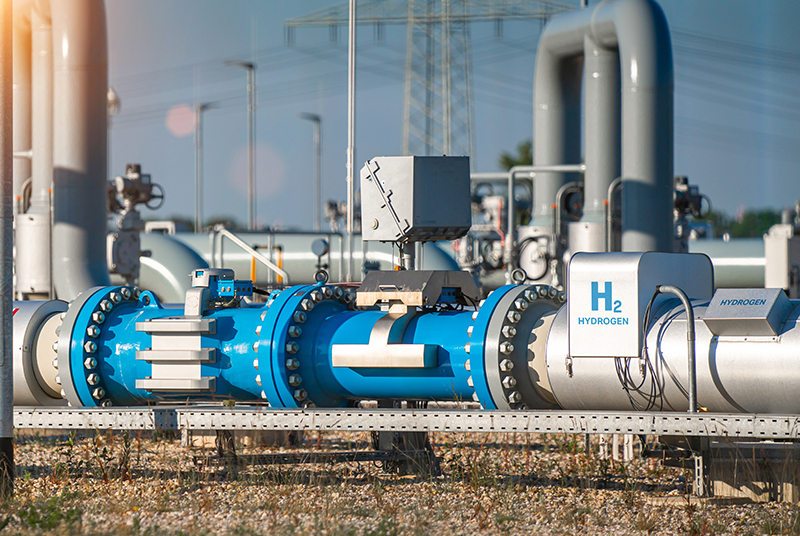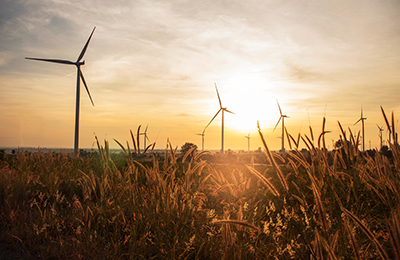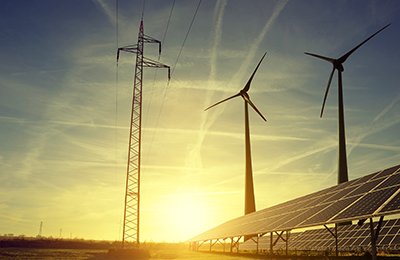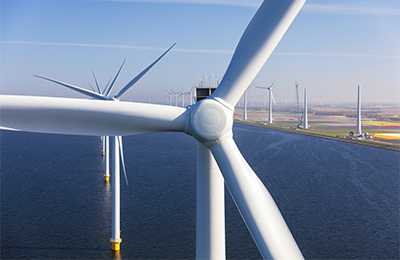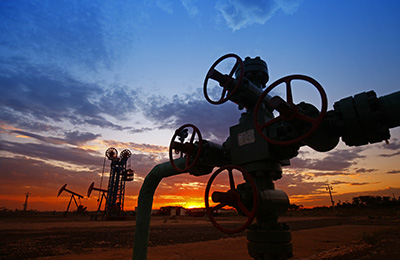rapid switch: united states
Rapid Switch United States is focusing on understanding the challenges and potential for the largest economy and second largest GHG emitter globally to play a critical role in deep decarbonization efforts by leading by example, including demonstrating and enhancing the economics of deep decarbonization pathways.
All Projects | Australia | China | India | United States
United States projects
From Ambition to Reality
In collaboration with Worley through E-ffiliates, these papers explore the five key shifts in thinking needed to deliver a net-zero transition.
Resolving chicken-and-egg challenges to deliver Net-Zero-America clean hydrogen ambitions
How do we facilitate the near-term establishment of a clean H2 ecosystem in a way that provides a foundation to catalyze rapid, large-scale, longer-term mobilization of private capital?
The Net-Zero America project
What physical plant infrastructure and societal changes are needed achieve net-zero emissions in the United States by mid-century, and how will these changes impact natural environments, the economy, incumbent infrastructure, and communities?
Risk-optimized net-zero emissions energy-system pathways
Energy-system transitions to net-zero emissions are often modeled using idealized least-cost optimization methods. What methods can we develop for modeling risk-optimized transition pathways to better inform policies and actions for achieving net-zero emission goals?
Simultaneous optimization of biofuel supply chains and bioenergy landscapes
How should efficient and sustainable biofuel supply systems be designed? How does the biofuel supply system interact with an engineered bio-energy landscape? What optimization methods can we develop to better understand and analyze the economic and environmental interactions between designing biofuel supply chains and bio-energy landscapes?
Modeling and optimization of bioenergy with carbon capture and sequestration systems
Bioenergy with carbon capture and sequestration (BECCS) can produce clean fuels while simultaneously sequestering carbon underground. How does the optimal biorefinery configuration depend on biomass feedstock, carbon incentives, and biorefinery size?
The impact of rapid decarbonization on jobs
How do employment needs shift geographically with a U.S. transition to a net-zero emissions energy system?
Impacts of state clean energy policies on regional grid decarbonization: a New Jersey/PJM case study
Although electricity flows are generally managed regionally, clean energy targets vary by state. How will transitioning the electricity sector in New Jersey to meet clean energy targets affect the cost and carbon footprint of the power sector for the PJM region?
Societal norms and beliefs regarding large-scale renewable energy and decarbonization strategies
How do citizens form opinions about renewable energy technologies and could that affect the rate of offshore wind development and decarbonization of New Jersey’s power sector?
Shoring up the global carbon capture and sequestration (CCS) enterprise
Could global CCS expectations be enhanced by the development of large-scale CO2 pipelines and shipping networks connecting carbon-intensive regions to CO2 storage super-regions?
